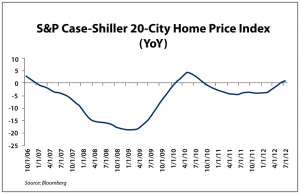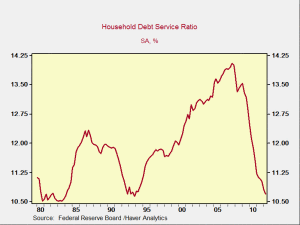Looking at the stories for the past three days, I see several that hit the protectionism meme from a couple of different directions. The first, “China’s ‘New Left’ Gets Louder” from the weekend Wall Street Journal (WSJ), does not initially appear to be a protectionist piece; it deals with the resurgence of Maoist thought in China, in opposition to the current policies that have created, per the story, inequality and social unrest. What suggests protectionism is the inward focus on the Chinese economic model based on international trade, as well as the presence of the New Left at anti-Japanese rallies. The consensus for free trade has come under threat in the West, as I have written before, but there are also other threats arising that come from the left and from exporting countries. When a trend becomes this broad, it can’t be shut down easily by one country or even a group of countries.
Not that most countries, particularly the U.S., are exactly trying to stop the protectionist trend. Another article from the weekend WSJ worth noting, “Parched in the West, but Shipping Water to China Bale by Bale,” talks about how alfalfa is sold to China in the context of a water shortage. Protectionism justified by resource shortages—you will definitely be hearing this again, and not just from the U.S. See also the weekend Financial Times (FT) story “Chinese tourists steer clear of Japan.” As I have been discussing for a while, this is (already) a trade war if we are lucky and a shooting war if we’re not. Another U.S. protectionist story hit the front page of the WSJ with “China Tech Giant Under Fire” and page 2 of the FT with “US businesses urged to shun Huawei over security fears.” Protectionism under the guise of national security is another story to watch for in the future, with technology as the leading edge.






